When and how to plant onions?
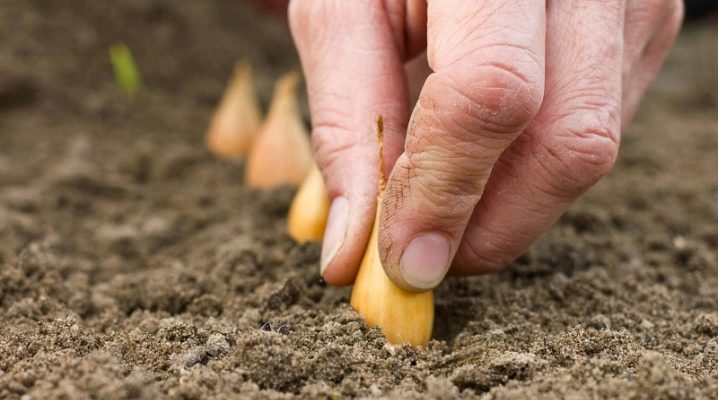
Onions are the most abundant spice plant in the world. A huge number of its varieties are amazing. A rare dish is served without this aromatic flavoring - onions are served fresh, fried, stewed, boiled, pickled and added to homemade preparations. And, of course, every summer resident strives to grow onions in his garden. In this article, we will tell you how and when to plant onions so that the harvest is enough for the whole winter.
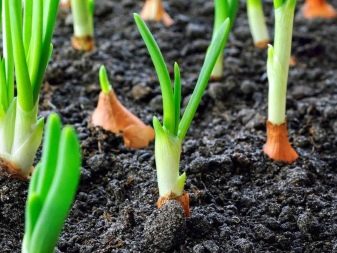

Timing
Since the onion is an unpretentious and cold-resistant plant, it can be planted both in spring and autumn.
In the spring
The site for planting onions must be prepared in advance in the fall. It should be a sunny spot with neutral loamy soil, located on a slight elevation. The earth is dug to the depth of a shovel and organic fertilizer is applied (rotted cow dung or compost) at the rate of 5 kg per 1 sq. m.
Then, already in April, when the air temperature is stable above zero, ammonium nitrate is added (1 teaspoon per 1 sq. M), loosened with a rake and tamped a little. Next, the area is watered abundantly with warm water and left under plastic wrap for 2-3 days. The bulbs can then be planted.
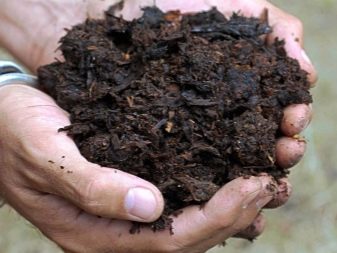
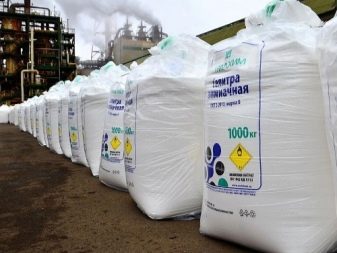
In autumn
Compared to spring, the onion planting schedule for winter is not so tight. In addition, winter onions emerge much earlier and the harvest can be harvested already in July, and the vacated area can be planted with lettuce, broccoli or radishes. When planning the planting of onions in the fall, you should take into account the peculiarities of the local climate. In the south, this can be done in October - early November, in the middle lane, in the Urals and Siberia - at the end of September. It is important to choose the time so that the bulbs have time to take root before the frost begins, but do not start growing.
Many summer residents prefer to calculate favorable days according to the lunar calendar. Believe it or not, everyone decides for himself, but this method can serve as a kind of safety net. The best time to plant onions is considered to be the days of the waning moon, located in the signs of Taurus, Cancer, Pisces, Libra and Scorpio.
But it is not recommended to carry out work on the full moon and new moon.
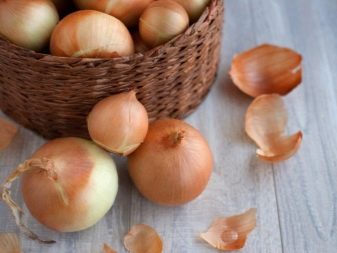
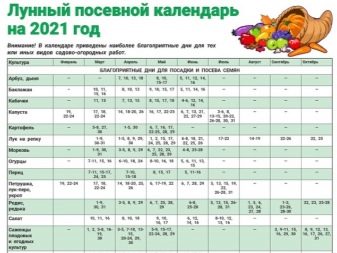
Preparation
Competent preparation of the beds and planting material is the key to a good harvest. This stage protects the onion from diseases and pests, improves germination and facilitates plant care.
Planting material
There are two ways to grow onions: from seeds or from sets.... In the first case, the preparation of planting material begins in mid-January - a month before germination of seeds, it is necessary to check them for germination. To do this, select 10-20 seeds from one batch and wrap them in moist warm gauze for two weeks. If the germination percentage is 75% or more, the seeds are suitable for sowing. If everything is in order, then start preparing the seeds for sowing. They are disinfected in a dark pink solution of potassium permanganate for half an hour, and then washed in clean water.
Then the seeds are kept in warm gauze for 2-3 days, slightly dried and planted in the soil - sod soil in half with humus. The soil for seedlings is pre-calcined in the oven in order to destroy the fungus and parasites. Before emergence, seedlings are kept in a dark place at a temperature of 18-25 ° C in cassettes with cells covered with foil. As soon as the sprouts hatch, the film is removed and the seedlings are transferred to a sunny windowsill. When growing onions with sets, the first thing to do is select the planting material.These should be small, neat bulbs without rot and other defects. Small seedlings (7-14 mm in diameter) emerge later, so it is better to plant it in the fall.
Large bulbs (20-30 mm) are also planted before winter to obtain greenery. But the average size (14-20 mm) is the best option for spring planting. Such bulbs do not produce arrows and at the same time ripen quickly enough. The sorted seedlings are first heated for 8 hours near a battery or stove to prevent shooting, and then soaked in a solution of potassium permanganate or fungicide for 30 minutes. Next, the seed is thoroughly dried and planted in open ground.
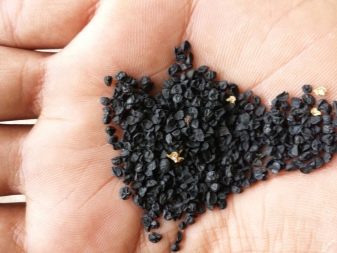

A place
The ideal soil for growing onions is loam with organic and mineral fertilizers... The close occurrence of groundwater is undesirable, as it leads to excessive moisture and, as a result, to rotting of the bulbs. It is better to choose a plot in the middle of the garden, as there is more sun there. In the shade, the onion also grows, but smaller and not so abundantly. The beds are wide, with a slight elevation of 10-15 cm.
The soil is pre-dug up, applying fertilizers: humus or peat plus superphosphate. The finished bed is abundantly spilled with a warm solution of copper sulfate (1 tablespoon per 2 liters per square meter) and covered with agrofibre or film 3 days before sowing.
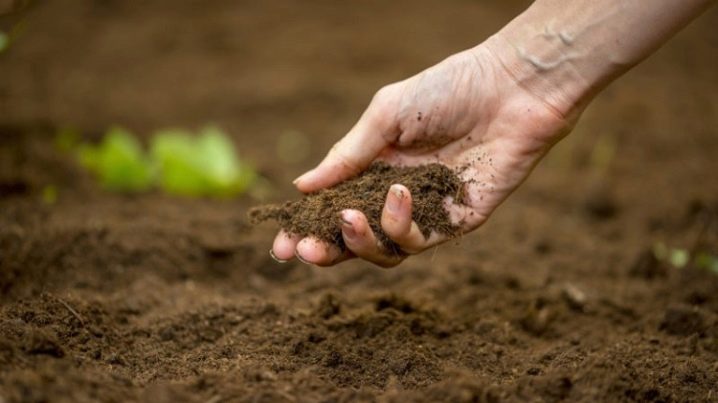
Landing technology and schemes
There are several ways to properly plant onions outdoors. Let's consider the most effective ones.
- Two-line... The most common planting scheme in which the bulbs are placed in even lines with an interval of 25 cm between rows and 10 cm between holes. The depth of the planting pits is 4-5 cm. During the summer, the aisles are regularly weeded and loosened.
- Chinese... This planting method differs from the two-line planting in that the bed is formed in the form of a high mound with a slope in both directions, and instead of holes, a shallow furrow is dug in it. So the soil warms up faster in the sun, and excess moisture is immediately removed, which prevents the occurrence of rot. Over time, the bed will gradually sag and the bulbs will begin to partially peep out of the ground. Warming up by the sun will accelerate the ripening of "turnips", and the onion fly, which is afraid of the sun, will bypass such plantings. The distance between the ridges of the beds should be 30-35 cm, and carrots, lettuce or dill can be added to the furrows as neighbors for onions. For feeding onions grown in this way. do not use manure, instead, you can feed the plantings with a solution of ash or yeast.
- Square-nested. This method is good in that it simplifies the care of the beds and at the same time reduces the likelihood of damage to the onion by insects.
- The bulbs are planted in the ground at a shallow depth in a checkerboard pattern, that is, four turnips at once per "nest". Thus, as the onions grow, they will, as it were, repel each other and rise above the surface. Harvesting such a bow is several times faster than in the case of a conventional linear planting, because you can pull it out of the ground four at a time. To prevent the appearance of weeds and increase the heating of the soil, the beds are mulched with chopped grass, hay, sawdust, and you can also sow onions directly under the covering material. This method is used for winter onions. Agrofibre helps to neutralize sudden temperature changes in the autumn-winter period and suppresses the growth of weeds in the warm season.
- Mostovoy... In this way, onions are planted on greens. At the same time, the bulbs are placed in one furrow close to each other, which significantly saves space in the garden. The denser the planting, the more greenery.
The bulbs are planted shallowly, only slightly pressing them into the ground. In this case, they do not need a lot of nutrients from the soil, only moisture and sunlight.

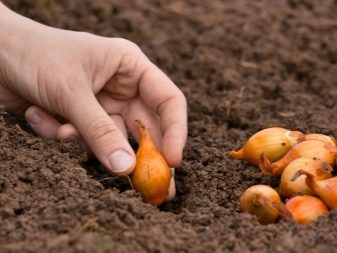
Nigella
Nigella is the name of onion seeds, from which a set is obtained for planting next year. Such seeds ripen in flowers located on the arrows of mature bulbs. They are black, ribbed and small in size (2-3 millimeters). Once in the ground, the seeds grow into small onions, which are later used as planting material.
Seeds are obtained as follows: several large bulbs are selected and planted in early spring, as soon as the snow melts. In the summer, umbrellas and seed bolls are expected to appear. To prevent too long arrows from breaking, they can be tied up, and the flowers protect against insect attacks with a mesh cover. Seeds ripen within 2-3 weeks in a warm, dry place.
They quickly lose their germination, so it is recommended to sow them when the seeds are still fresh.
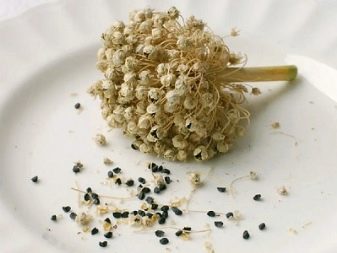
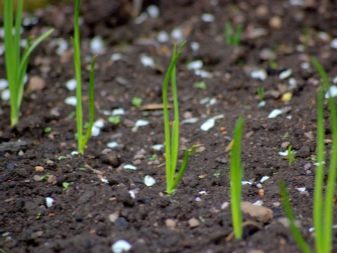
Sevok
Sevok is a small onion that has grown from seeds in a year. In one more season, he will give a full harvest. It is necessary to plant sevok in the first half of May, when there is no risk of frost return. To grow an onion for a turnip (or, as they say in another way, for a head), you cannot cut off the arrows from it. Sevok grown for greens is placed separately.
For these purposes, large bulbs are used. They can be planted tightly to each other and not too deep. Following the principles of crop rotation, onion planting sites are changed every year. It is best to plant it where cucumbers, zucchini, tomatoes, potatoes or peppers grew last year.

Fertilizer when planting
Onions love neutral soil. If it is acidic at the site, you can fix this problem with wood ash, chalk or dolomite flour. The soil for planting onions is fertilized with organic matter in the fall. Thus, when the snow melts in spring, nutrients will be able to penetrate deeper into the soil. The general calculation of organic fertilizers is 6-8 kg per 1 sq. m. When the soil is depleted, mineral fertilizers containing potassium and phosphorus are additionally used. Superphosphate is best suited for this purpose. It is bred in a proportion of 20-25 g per bucket of water - this amount is enough for 1 square meter. m.
As for feeding the plant, for the first time this is done when the onion greens reach a height of 10 cm. 30 g of urea, 200-250 g of manure are dissolved in a bucket of water and the beds where the onion grows are watered with the resulting solution. At the same time, nitrogen-containing fertilizers can be applied, for example, a solution of ammonium nitrate. The second feeding is done four weeks after planting. To ensure the growth of the bulbs, superphosphate or a complex fertilizer containing phosphorus, nitrogen and potassium is needed. Also among gardeners, the folk method of feeding onions with yeast is extremely popular.
To do this, take 100 g of fresh yeast and dilute in 3 liters of warm water with the addition of two tablespoons of sugar and a pinch of wood ash. The solution is infused for a couple of hours, and then the beds are watered with it. There is another recipe: half a kilogram of grass is mixed with the same amount of bread crumb, poured with warm water and insisted for three days. The resulting solution is filtered and used for irrigation. Such recipes are effective in cases where the onion is weakened or restored after transplanting. After each fertilization, it is necessary to slightly loosen the soil.
Three weeks before harvesting, all feeding is stopped.
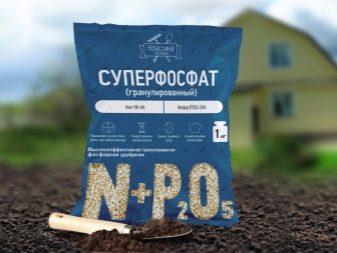
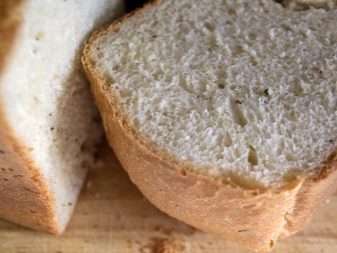













The comment was sent successfully.